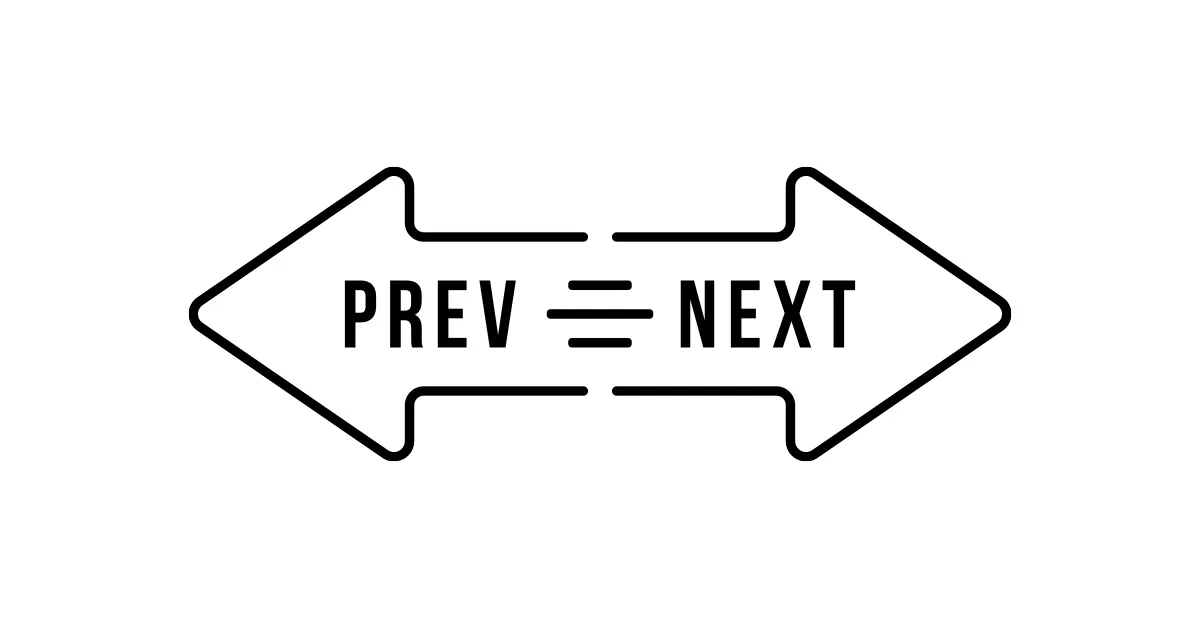How To Handle Pagination

What is Pagination?
Pagination occurs when you have related content on multpiple pages. For example, if you have an e-commerce site with a section of dresses, the dresses you display may span over multiple pages. Pagination is very common in e-commmerce sites, news sites and discussion forums, to name a few.
Why is it Important?
For sites with many paginated pages, it is extremely important to implement the correct strategy otherwise it can cause many crawling, indexing and content issues.
Crawling Issues: Search Engines want to find content-rich pages in as few clicks as possible. This makes it more user friendly, and in turn, more SEO friendly. When you have a lot paginated pages, it can heavily increase the amount of steps (clicks) a user must take to get to the appropriate content. Because of this, the likelihood of these pages being indexed decreases.
Duplicate Content: More often than not, paginated pages have duplicate content as well as duplicate title and meta descriptions that populate across all paginated pages.
View-All Method
A common way to handle any issues pagination may cause is to create a View=All page which would include all items within the series on one single page. For example, if you have a series of paginted pages displaying dresses, then you would place each dress within this series on the View-All page. After that has been created, place a canonical tag on all paginated pages pointing to the View-All page. The canonical tag will eradicate any duplicate content issues while telling Google that these are all part of a segment. The View=All page will also populate in the search results opposed to a single page within the series.
A potential drawback to the View-All Method, especially with image heavy pages, is that the page load time may be considerably higher considering the large amount of content on the page. An increase is page load time is not good for usability, and therefore not ideal for SEO.
Rel Prev/Next Method
While this may not be the easiest to implement, it may be our favorite way to deal with pagination. Google does a great job explaining just how to implement “rel=next/prev” in this article. Essentially by using this technique you are associating all the linked pages, and by doing so you are sharing the link equity between them. So if one page within the series has an abundance of quality links pointing to it, the link equity is shared between all the pages within the sequence. Google consolidates the links as a single entry within their index.
In summary, the View-All method is recommended by Google, and is relatively easy to implement while providing a good user experience. The rel=next/prev can also be executed properly with minor HTML changes, and allows the series to share equity. Also, there are many scenarios where the content of the paginated pages won’t work well with the View-All method and the rel=next/prev is a great alternative.
Recent Posts
- Go Viral in Seconds: How to Upload a YouTube Short? April 17, 2024
- Multi-Channel Mania: Mastering Distribution Channels to Reach Customers Everywhere April 12, 2024
- From Product to Promotion: A Fresh Take on the 4 Ps of Marketing April 12, 2024
- Is Your Marketing Paying Off? The Ultimate Guide to ROAS April 12, 2024
- Understanding HTML Sitemaps: A Key Component for Website Structure April 12, 2024
- Checking Website Traffic: Tools and Methods for Analysis April 12, 2024
- Exploring Sitemap Examples: A Guide to Effective Website Organization April 12, 2024
- Tackling Cart Abandonment: Strategies for Recovering Lost Sales April 11, 2024
- Harnessing Heat Maps in Google Analytics: Insights for Website Optimization April 11, 2024
- “Crafting Your Unique Selling Proposition: Stand Out in the Market “ April 11, 2024
Get
in Touch
Contact AdLift for a 360-degree marketing plan

